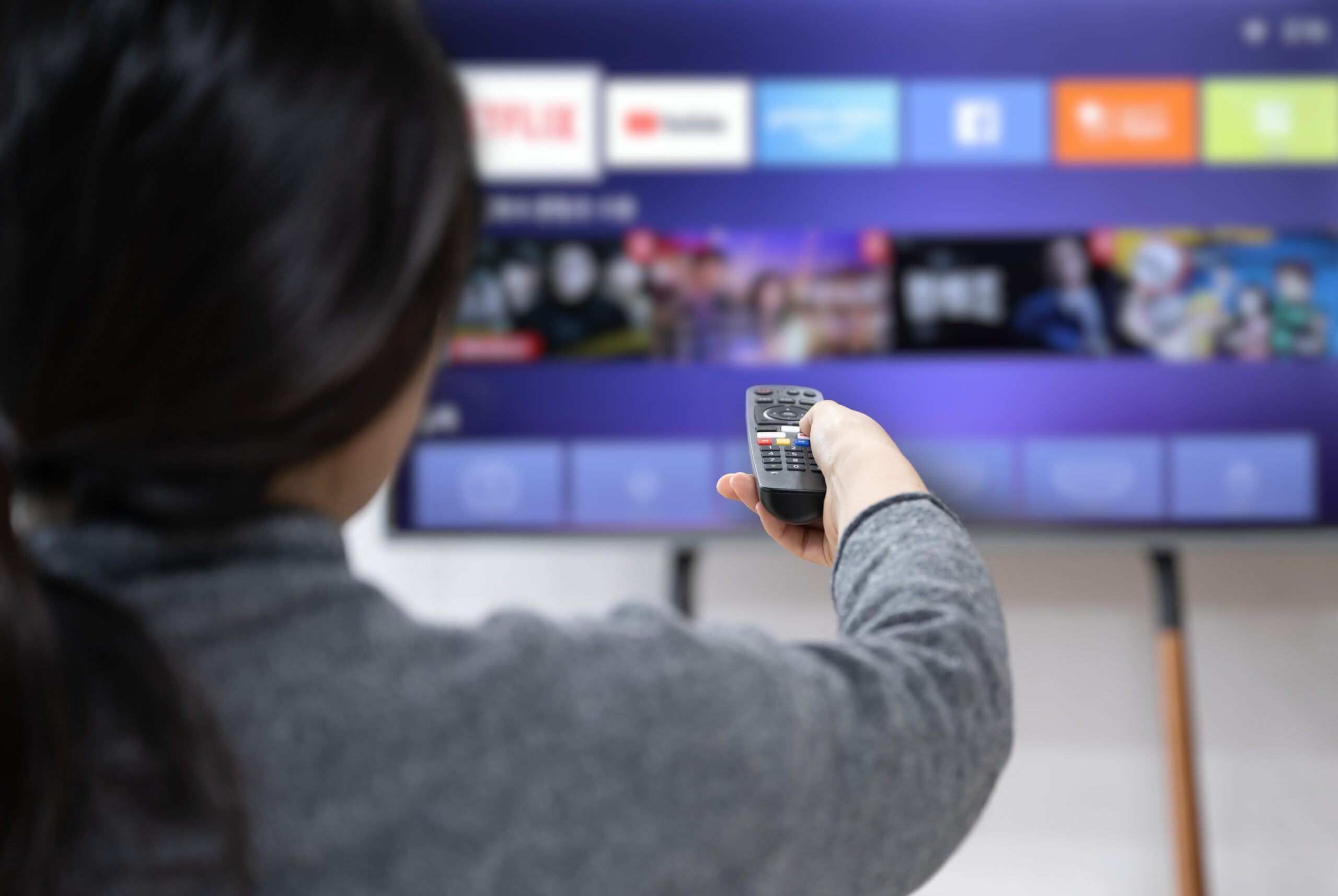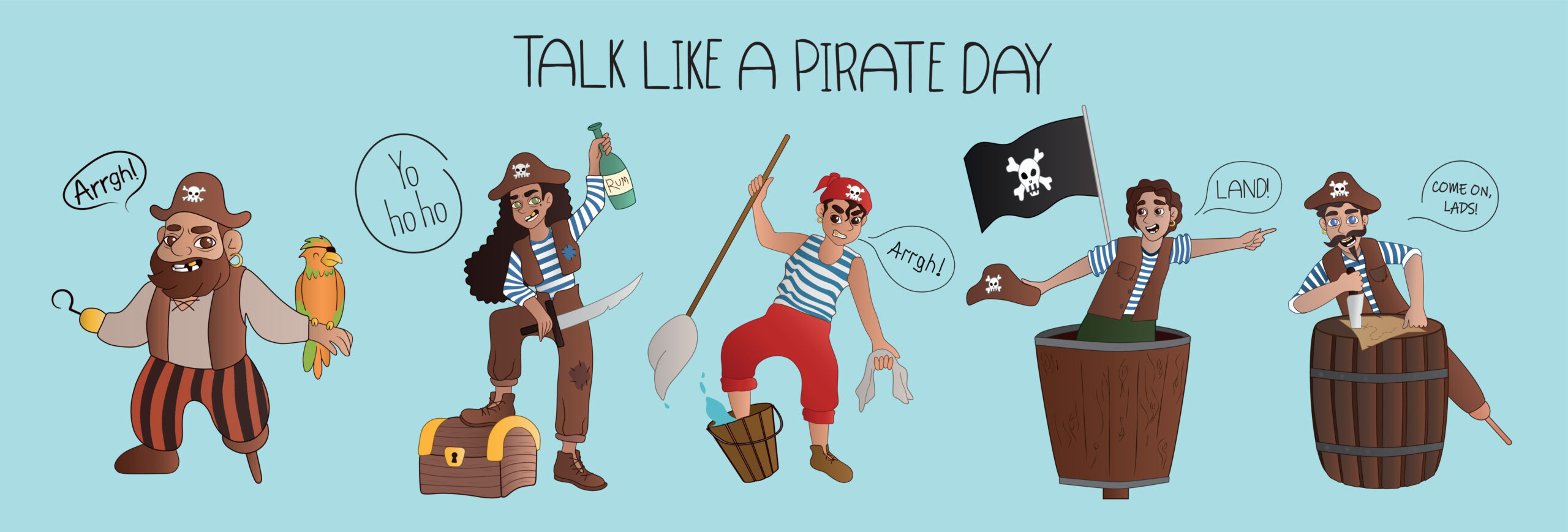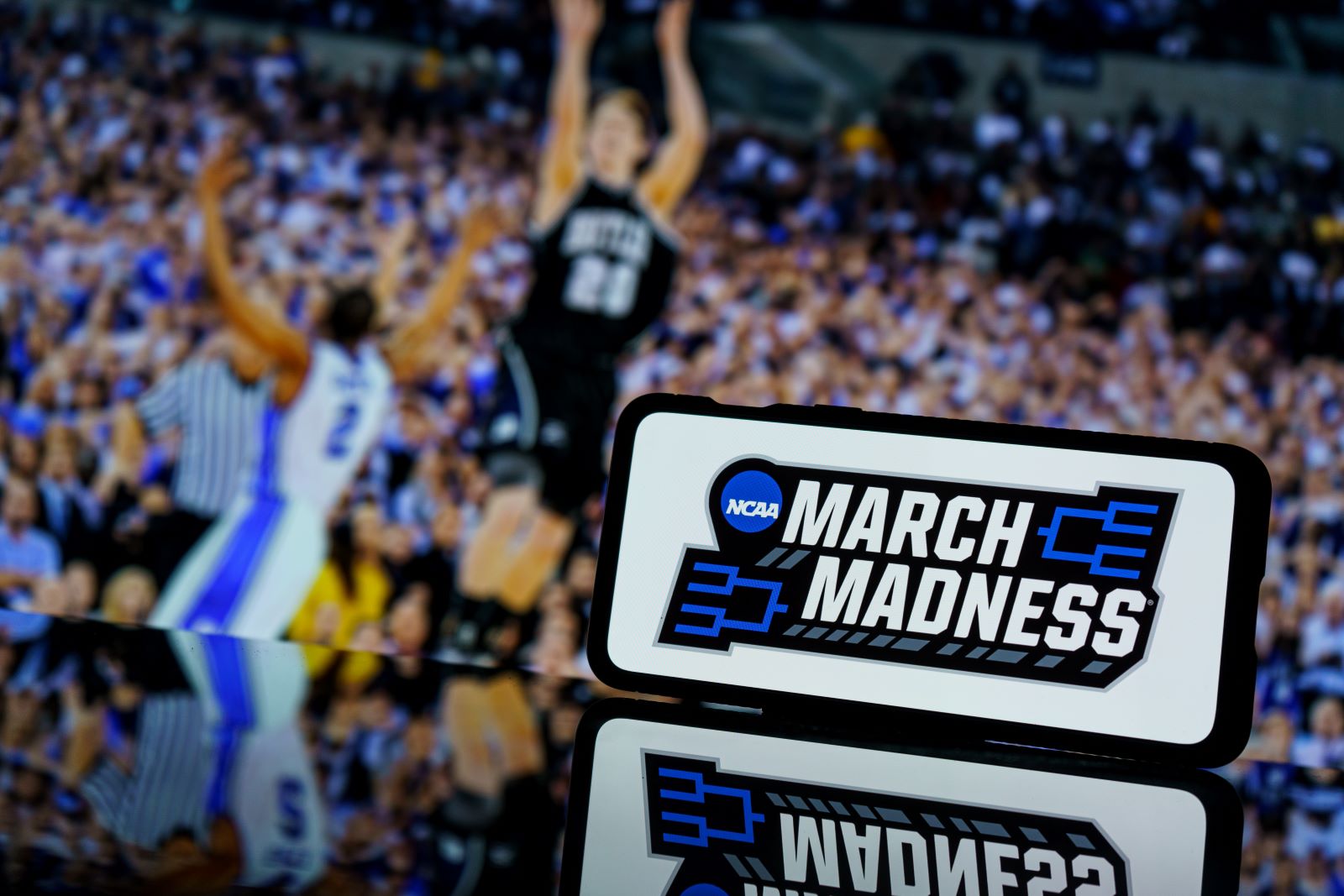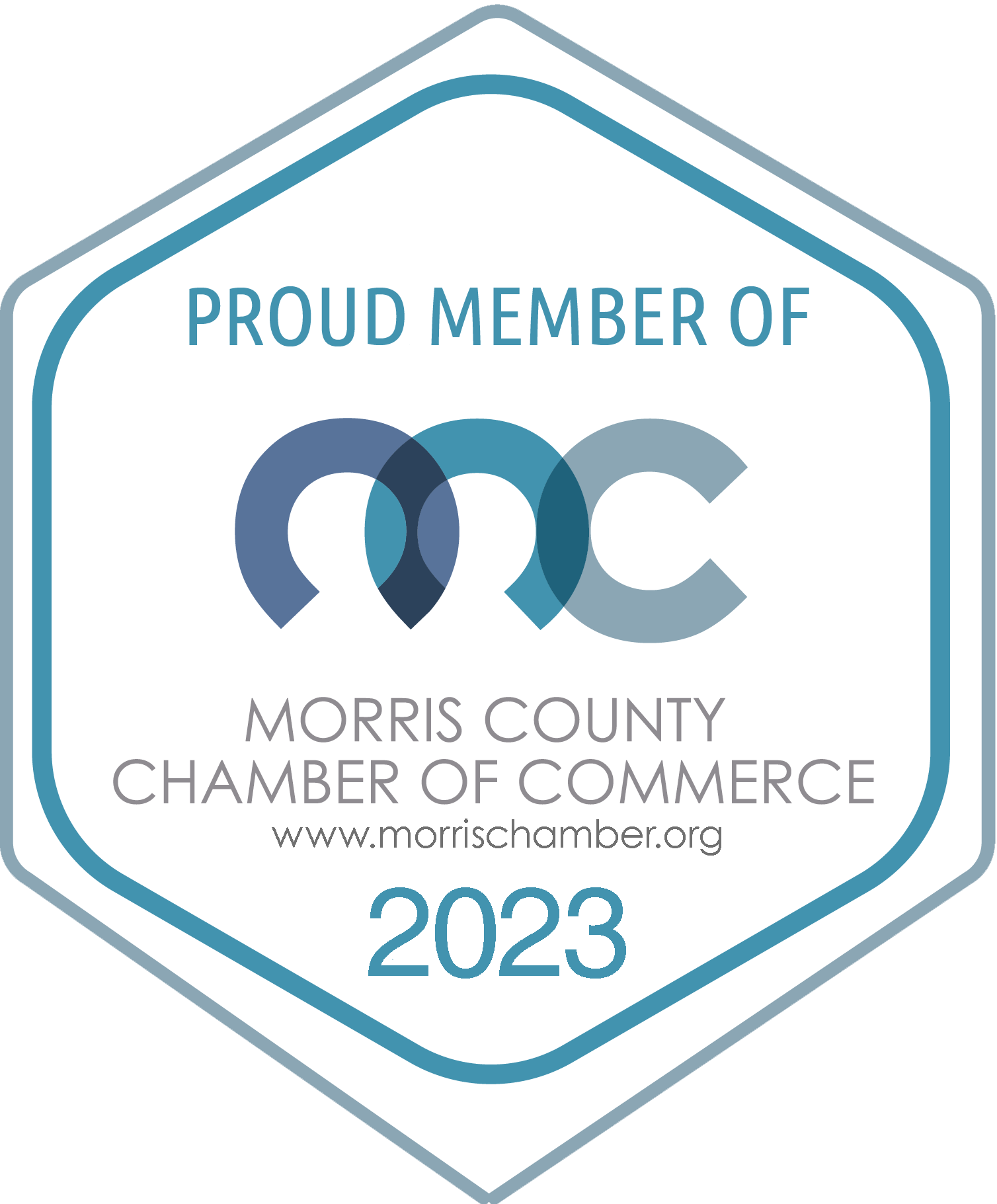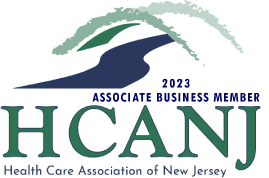Despite being etymologically rooted in French, clichés have become integral both to written and spoken English. “Think outside the box,” “low-hanging fruit,” “read between the lines,” and my favorite, “break a leg,” are popular examples of the thousands of clichés populating – or polluting – the world’s most flexible, widely-used language.
While expressing common, even universal experiences, clichés impact our language in a way that’s decidedly mixed. Certainly, they’re responsible for encouraging lazy, unimaginative communication. Common clichés will inevitably slip into nearly everyone’s vocabulary, but too many of us fall back on them at the expense of more descriptive, nuanced usage. While helping ensure a degree of understanding, clichés also rob our exchanges of insight and vibrancy.
I’m addressing this topic because today, November 3, is Cliché Day. As a longtime communication professional with a specialty in public relations, I’ve spent decades excising clichés from my writing … while occasionally employing them for humor or intentional overemphasis. If this sounds like me balancing atop a figurative fence, it is — clichés are odd constructs. The degree to which they’re sometimes valuable and sometimes absurd seems to increase as our language evolves.
To me, the most compelling aspect of clichés is how they serve as a microcosm for the tasks my public relations, advertising, and marketing colleagues perform for our clients. Just as clichés provide familiarity, the tactics and content we employ must be easily understood by all intended audiences. Confusion about meaning would counter our strategic goals, yet we need to avoid boredom-triggering mundanity. Our content and means of deploying it must be imbued with cleverness and originality – with unexpected sparks that make eyes open wider.
It’s not easy. As with the use of clichés, we’re walking a tightrope … it’s a fine line. But it is what it is, and at the end of the day, it’s no walk in the park. So, we keep our eyes on the prize, aware that nothing worthwhile is ever easy, and eventually get ourselves over the hump.


